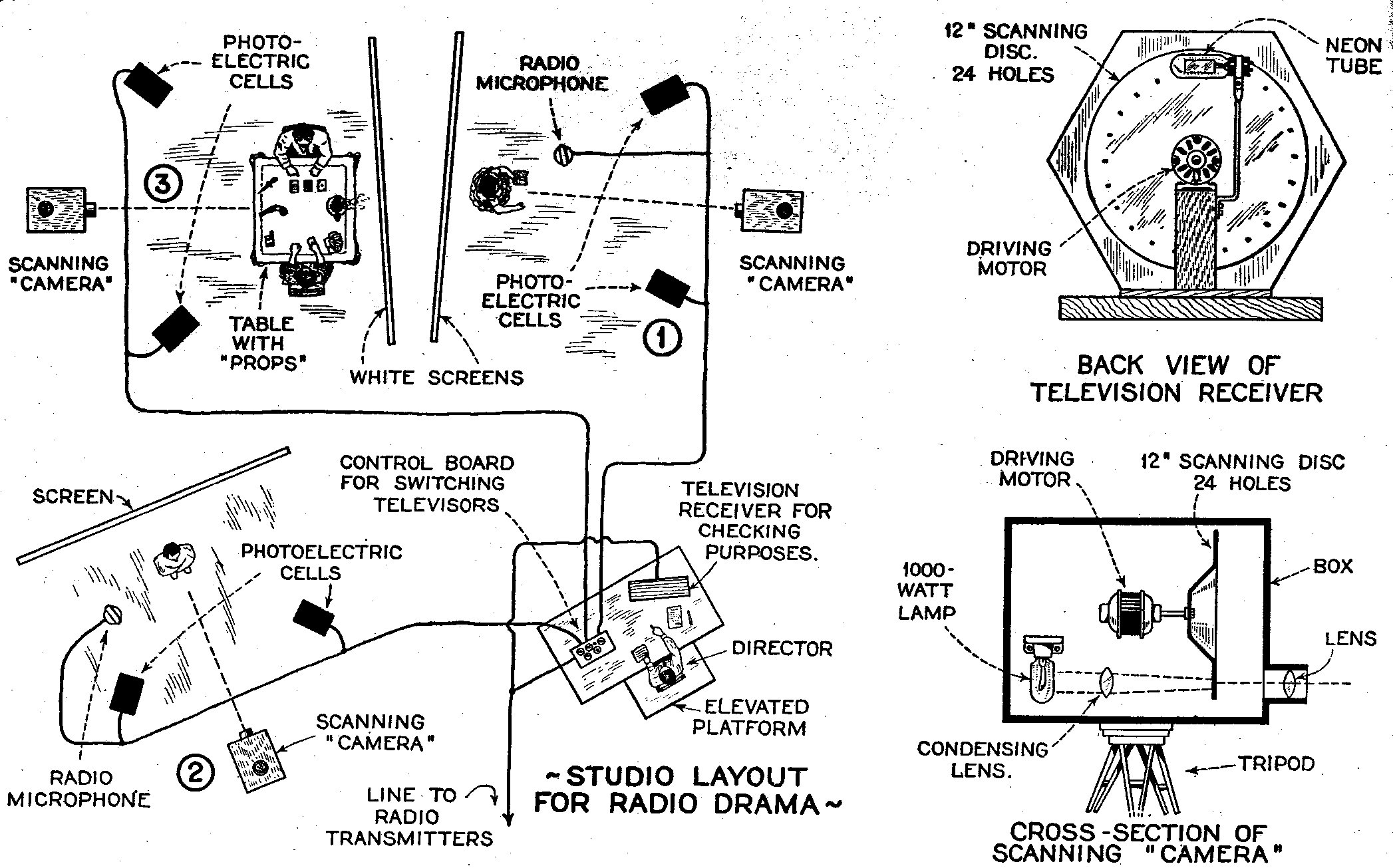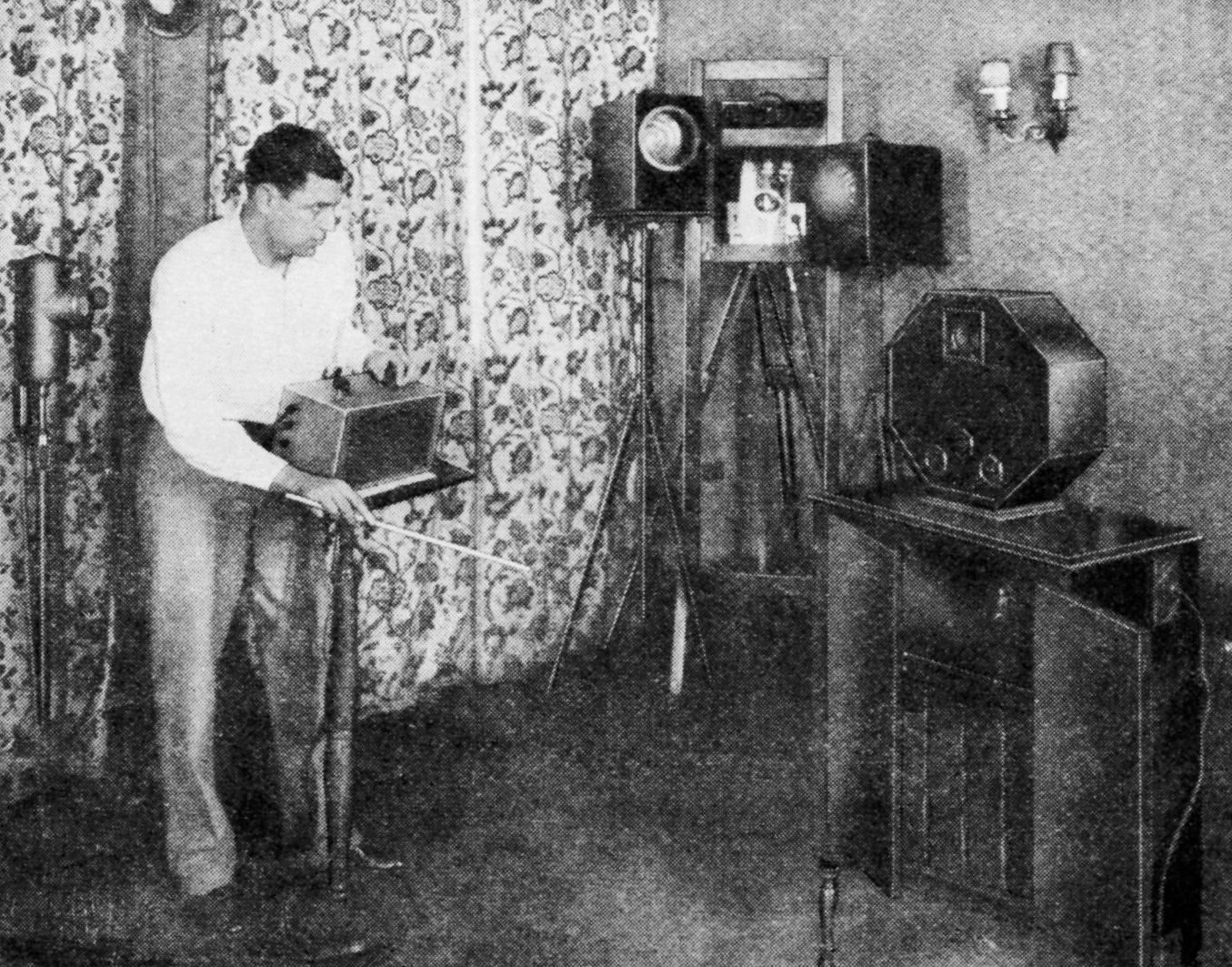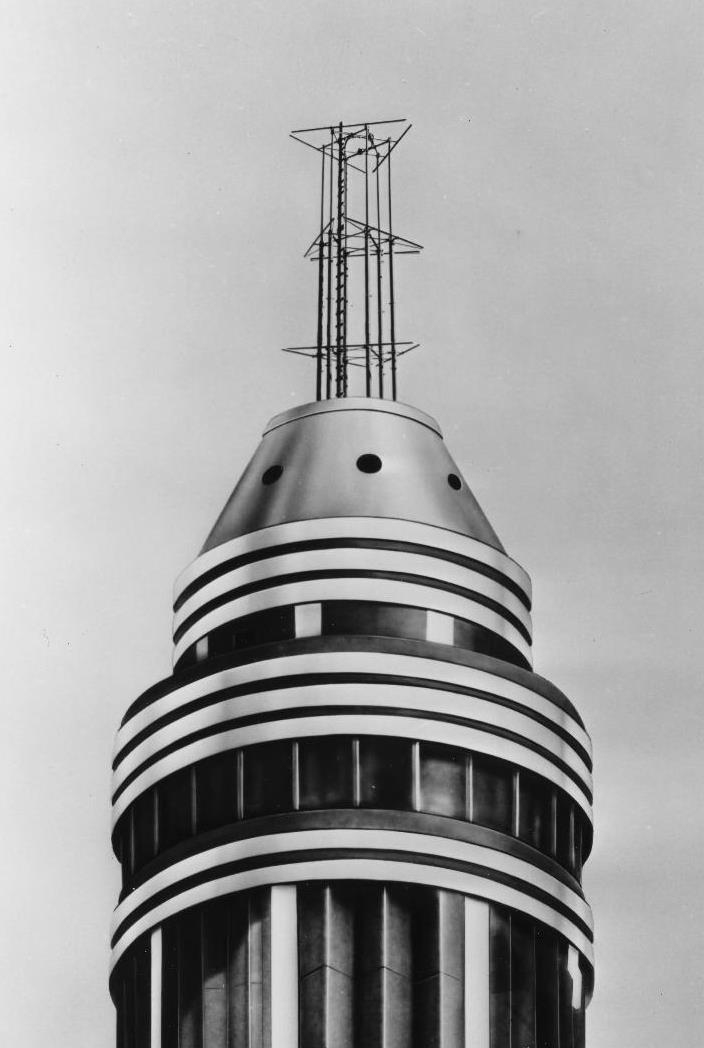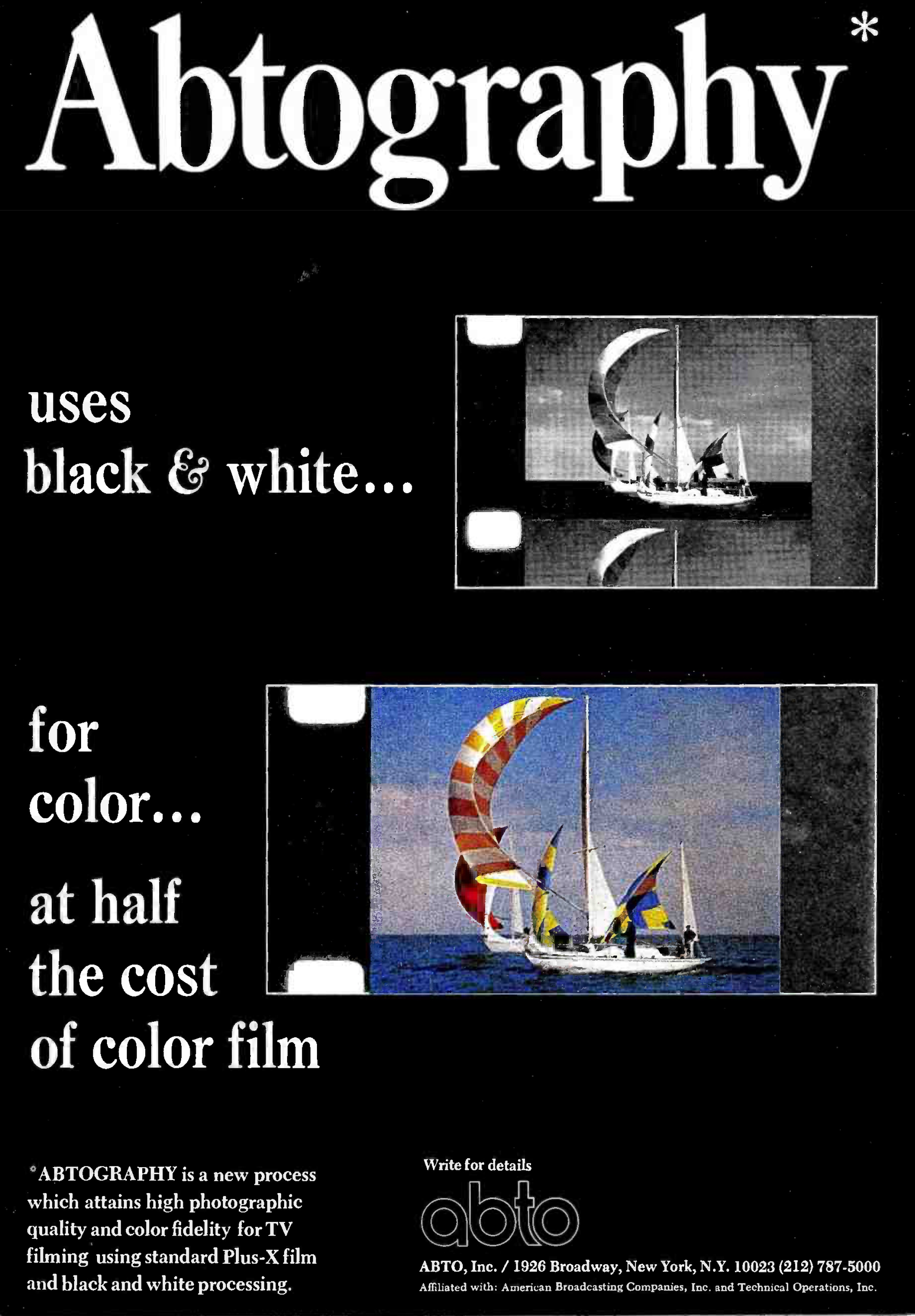This Month in Broadcast History: September
TV’s role as an entertainer began 94 years ago
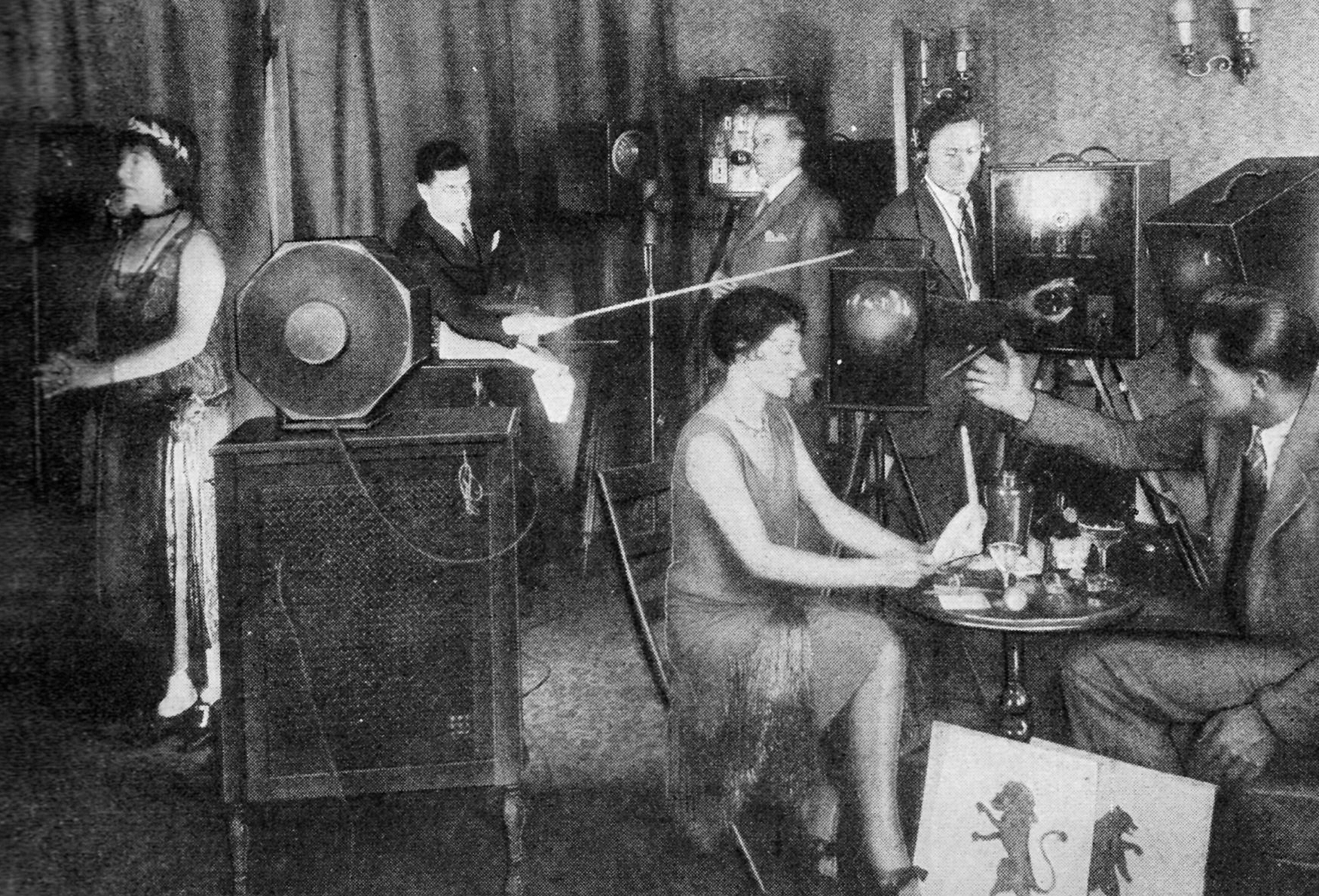
Although the audience was very small, the picture quality poor, and production techniques quite limited, the Sept. 11, 1928 airing of the drama “The Queen’s Messenger” marks the introduction of television as an entertainment medium.
While test images, static and moving, had previously been transmitted via television, the one-act drama, staged under the auspices of the General Electric Company and its television project leader, Ernst Alexanderson, marked the first-ever broadcast of a television program intended for entertainment.
The 40 minute-long production began at promptly at 1:30 p.m. eastern time, and as it unfolded in one of the research buildings on GE’s Schenectady campus, the action was captured by three fixed flying spot “mechanical” cameras operating at 24 lines and an unspecified frame rate.
The program was transmitted on three transmitters, with images sent at 379.5 and 31.4 meters (798 kHz and 9.55 MHz respectively) and audio on 21.96 meters (13.65 MHz). Due to the shortwave portion of the spectrum used for audio and one of the video transmissions, reports of reception came from as far away as the west coast. Unlike some 21st century television, it was reported that “voice and action came together through space in perfect synchronization.”
OTHER NEWS FROM TV’S PAST:
90 Years Ago – September 1932 – As the 1930s unfolded, the Radio Corporation of America (RCA), under the leadership of David Sarnoff, was doing its best to move television out of the laboratory and into consumers’ homes. Sarnoff anticipated a bright future for the new medium, and was plowing a very substantial amount of Depression-era stockholder money into TV R&D. It seems, though, that one RCA executive somehow hadn’t gotten the message.
Broadcasting magazine (now TV Tech sister brand Broadcasting & Cable), reported in its Sept. 15, 1932 issue that the vice president in charge of RCA’s NBC network Pacific division, Don E. Gilman, had painted a rather dismal picture of television’s future during a “radio day” luncheon address at the recent Western Retailers Conference in San Francisco.
The professional video industry's #1 source for news, trends and product and tech information. Sign up below.
"The best radio sets now on the market will be obsolete before television is ready for general use," said Gilman. "My business obliges me to follow the progress of television closely, but I am personally so little impressed with it except for laboratory experiment that I would not be bothered having a television set in my home. Any radio dealer who is holding [radio] sales ideas in abeyance while awaiting the arrival of television is pursuing a short-sighted policy.”
There was no reporting of Sarnoff’s reaction to Gilman’s address. (For the record, RCA had set up shop in New York City’s Empire State Building the previous year and was busy conducting transmission field tests of the new medium throughout the greater Manhattan area.
Four years later, in 1936, the BBC began airing scheduled television broadcasts, and was followed by NBC less than three years after that. It is to be imagined that 1932 model radios still had plenty of life left in them then when the “Auntie Beeb” TV service launched, and not all had yet been relegated to the junk pile even at the time of NBC’s television startup.)
71 Years Ago – September 1951: The long-promised coast-to-coast video linkage became a reality on Sept. 4, with AT&T Long Lines opening their transcontinental television service in time for President Truman’s address at the San Francisco Japanese peace treaty conference to be seen live across the nation.

The 2,750-mile $40 million (almost half–a-billion in today’s money) microwave system required the construction of some 107 relay facilities.
50 Years Ago – September 1972: The FCC is hard at work on its latest TV spectrum grab; this time it’s Channels 70 to 83. The NAB has joined the Association of Maximum Service Telecasters in opposing the surrender of TV spectrum for land-mobile radio use, as it would require some 800 TV translators operating in this 800 to 890 MHz region to go dark or relocate.
In other industry news, ABTO (a partnership between ABC TV and Technical Operations, Inc.) now has its first customer for the technology it developed that allows black and white motion picture film stock to capture events in full color. Metromedia’s NYC outlet, WNEW-TV, announced that by mid-month it would be using the ABTO process—which involves lenticular filter encoding—for filming one-third of its news stories.
ABTO color had previously been tested at several stations including Boston’s WNAC-TV and New Haven’s WNHC-TV. (The ABTO color-from-B&W scheme did work, but was not a commercial success, as by the time it was “ready for prime time,” most stations had already pumped up their news budgets to include purchase of color film stock and color film processors.)
25 Years Ago – September 1997: Broadcasters are still reeling from the recent stroke of the pen that set the gears in motion for auctioning off several chunks of the 1,710 to 2,150 microwave band, including 50 MHz of the current BAS (Broadcast Auxiliary Service) spectrum used to relay programming and news from the field to the studio, as well as for long-haul intercity relay.
The legislation requires the FCC to reallocate 100 MHz of the 410 MHz spectrum chunk, with the existing 120 MHz BAS allocation shrinking to just 70 MHz. In other FCC news, the Commission is considering using its powers to pre-empt local zoning ordinances that are delaying the construction of new towers needed for the on-going digital TV transition.
